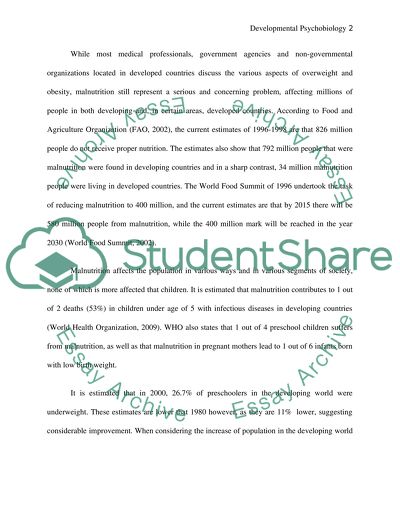Cite this document
(“Malnutrition:evidence for its contribution to individual differences Essay”, n.d.)
Retrieved from https://studentshare.org/miscellaneous/1514271-malnutritionevidence-for-its-contribution-to-individual-differences-in-childrens-development
Retrieved from https://studentshare.org/miscellaneous/1514271-malnutritionevidence-for-its-contribution-to-individual-differences-in-childrens-development
(Malnutrition:Evidence for Its Contribution to Individual Differences Essay)
https://studentshare.org/miscellaneous/1514271-malnutritionevidence-for-its-contribution-to-individual-differences-in-childrens-development.
https://studentshare.org/miscellaneous/1514271-malnutritionevidence-for-its-contribution-to-individual-differences-in-childrens-development.
“Malnutrition:Evidence for Its Contribution to Individual Differences Essay”, n.d. https://studentshare.org/miscellaneous/1514271-malnutritionevidence-for-its-contribution-to-individual-differences-in-childrens-development.


